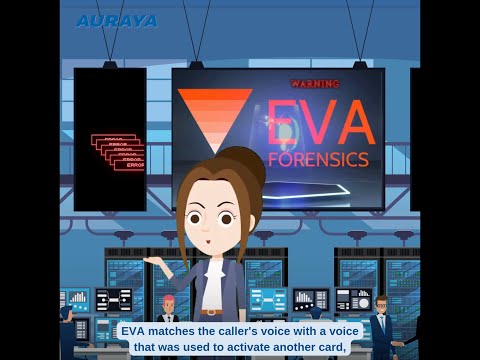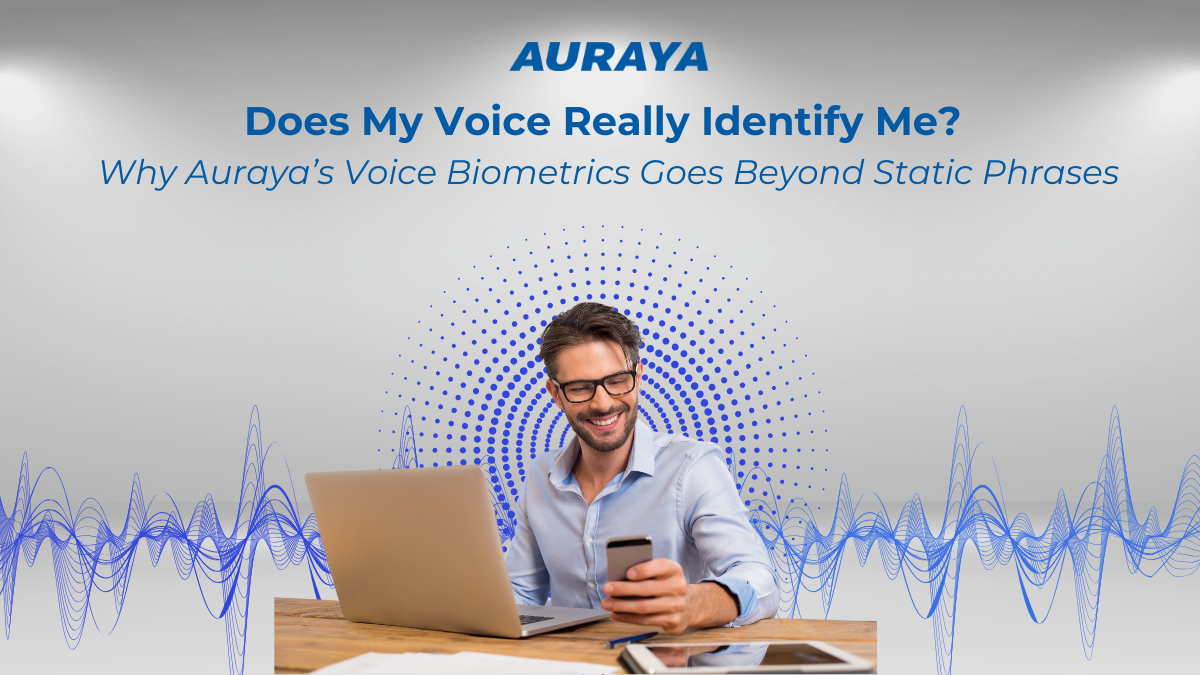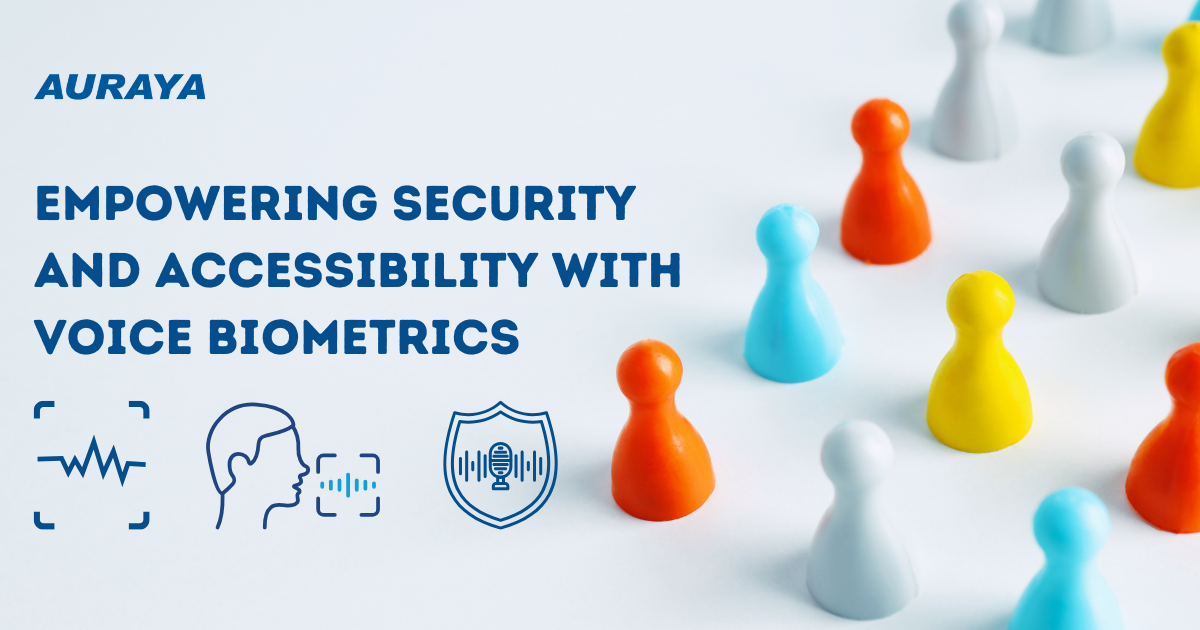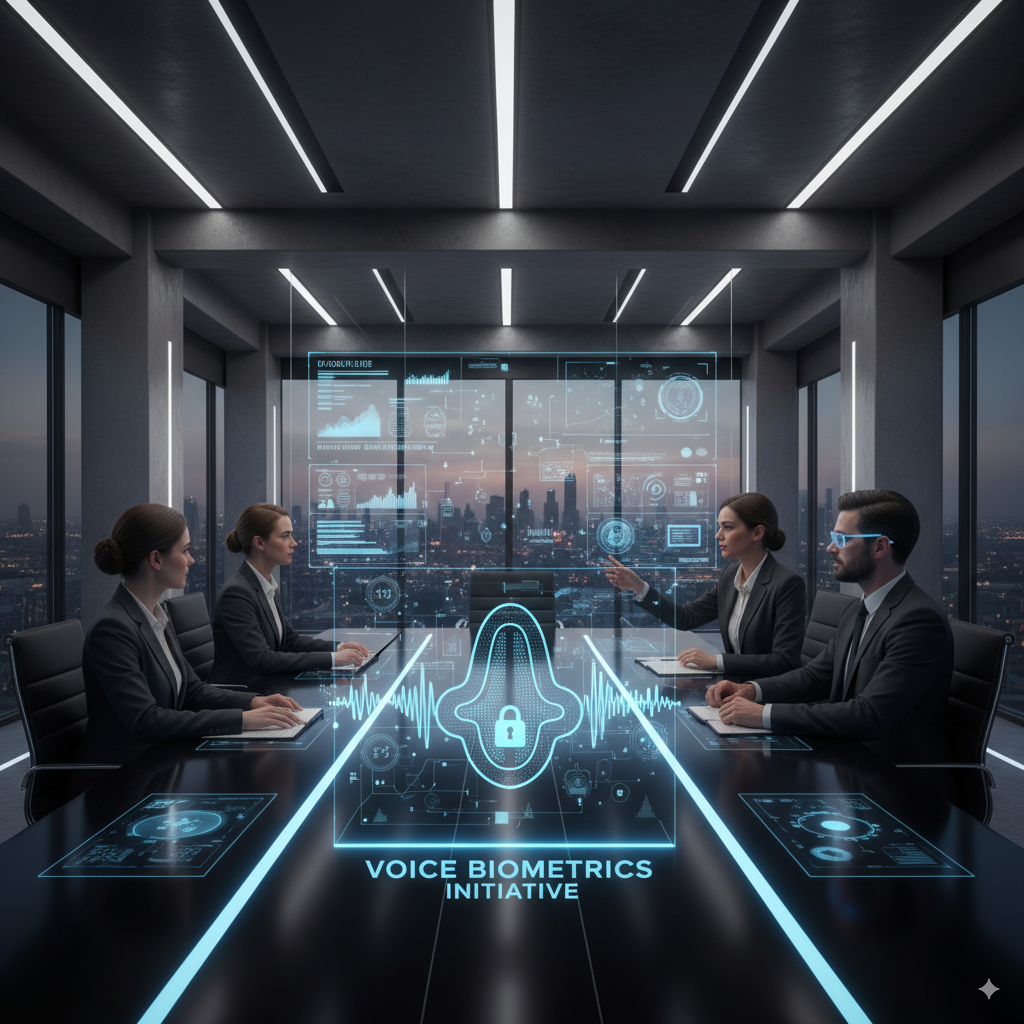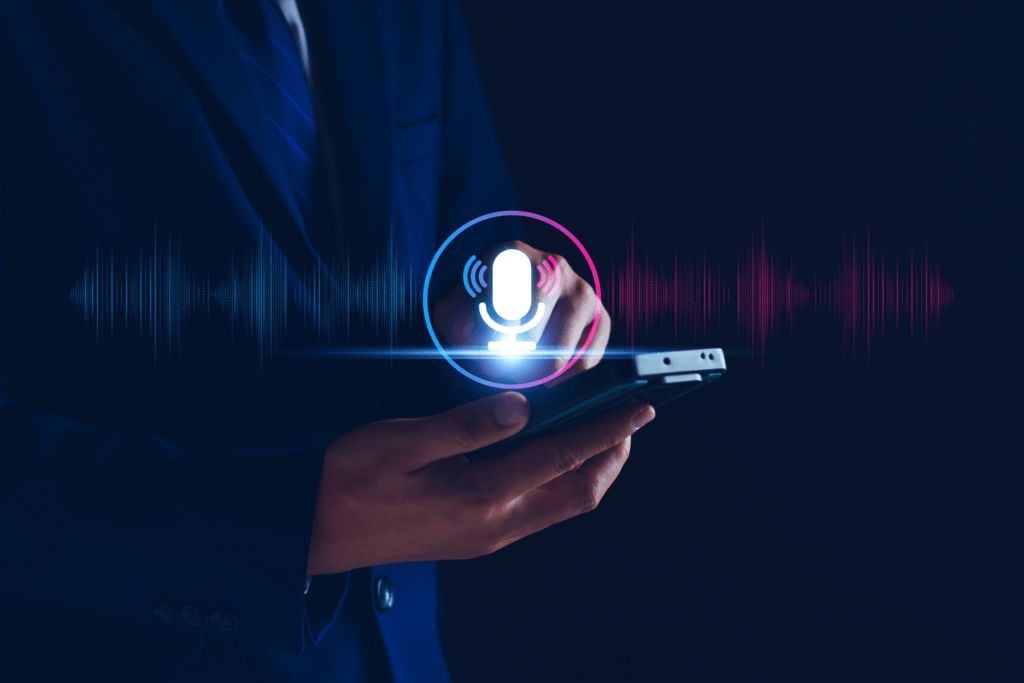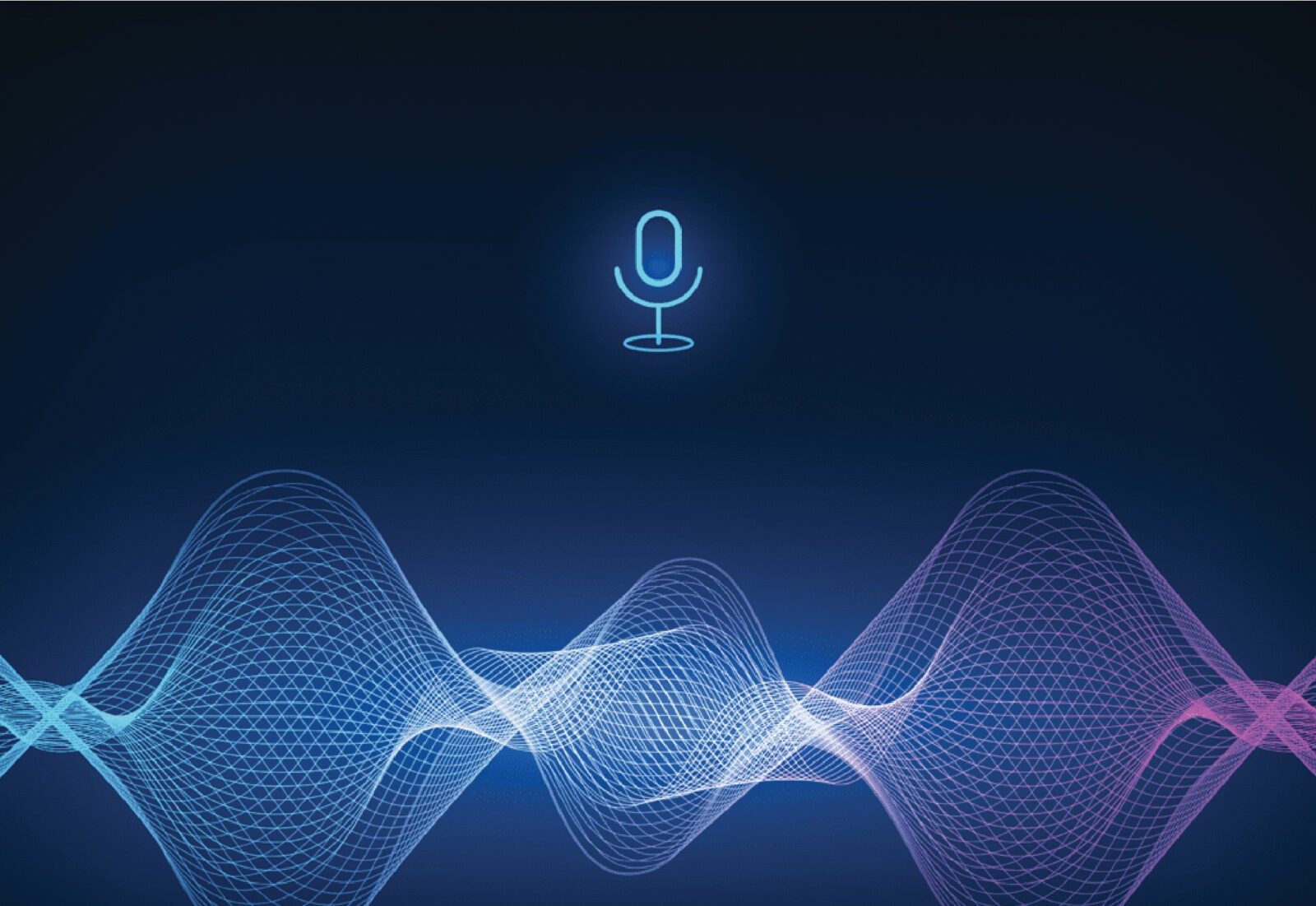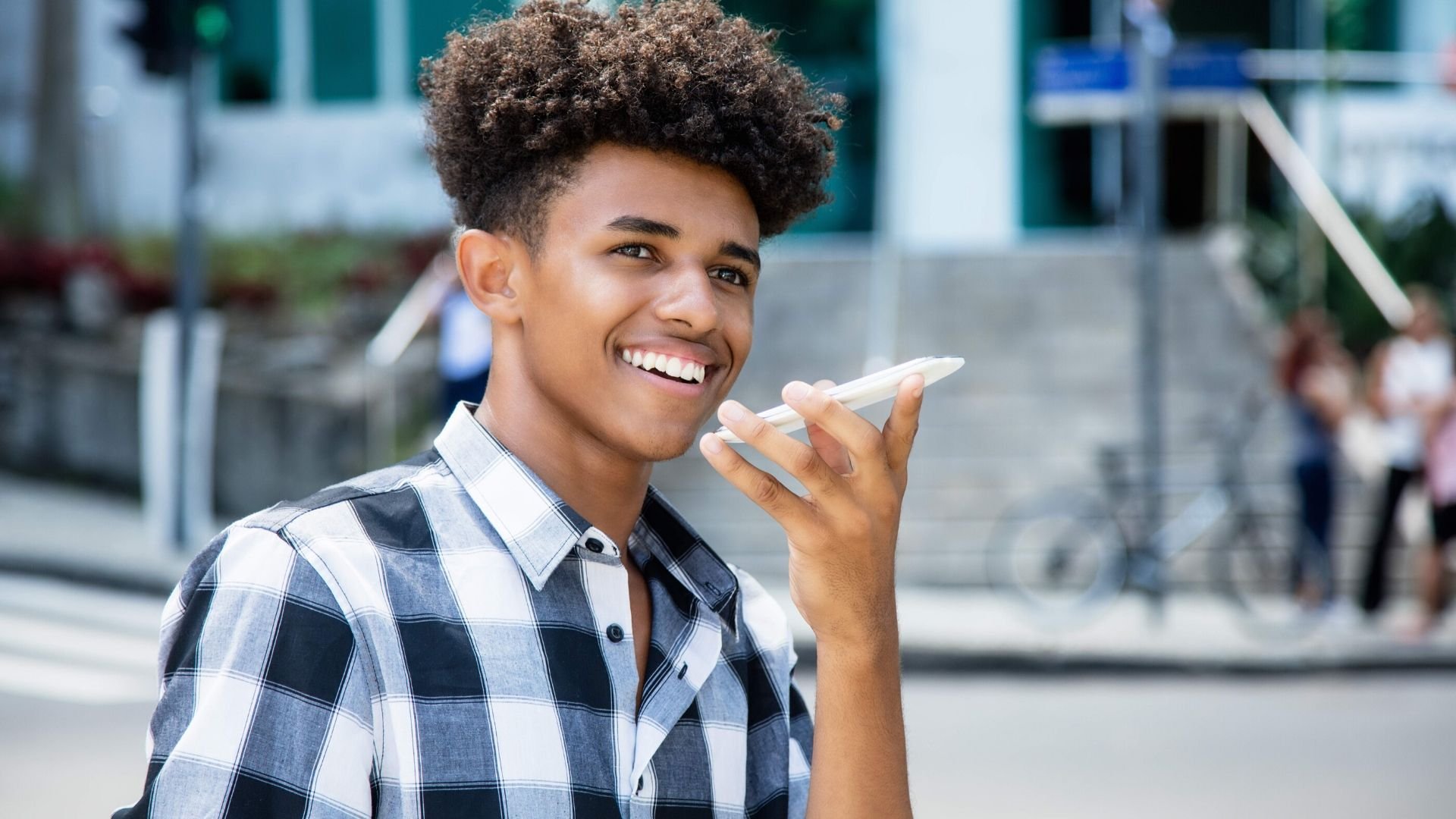[SYDNEY, AUSTRALIA – July 23 2025] – As concerns about AI-generated voice fraud enter the mainstream, sparked by recent warnings from OpenAI CEO Sam Altman, global voice biometric leader Auraya is reassuring its partners and the public that the security industry is already steps ahead of the fraudsters. While the threat of deepfake voice technology is real, the idea that it signals the end for voice biometrics is misinformed. The solution is not to revert to simplistic, outdated methods like passphrases, but to fight sophisticated AI with even more sophisticated AI.
Mr. Altman recently highlighted the potential for scammers to use cloned voices to defraud individuals, suggesting a challenge phrase for a voice biometric solution as an inadequate defense against AI generated synthetic voices. While well-intentioned, this advice overlooks years of innovation in the voice security space. Modern, secure voice biometric systems, like Auraya’s ArmorVox™, moved beyond passphrases long ago precisely because they are vulnerable.
“We welcome the public conversation Mr. Altman has started; the threat is significant and demands attention,” said Paul Magee, CEO of Auraya. “However, the proposed solution is like suggesting a simple padlock to protect a bank vault. The industry has evolved. Our systems don’t just ask ‘Is this the right voice?’; they ask, ‘Is this actually a real, live human voice?'”
Auraya’s technology provides a multi-layered defense that is purpose-built for the deepfake era:
- AI-Powered Liveness Detection: Auraya’s core technology uses advanced AI to detect the tell-tale digital artifacts and inconsistencies present in synthetic or recorded voices. It can distinguish between a genuine, live human and a deepfake, even if the deepfake is a close mimic of a person’s voice.
- Dynamic, One-Time Passphrases: Instead of a static, reusable passphrase, a user can be asked to repeat a random sequence of numbers or words, rendering a pre-recorded attack useless.
- Passive, Conversation-Based Verification: During a normal conversation with a BOT or a contact center agent, Auraya’s AI can passively verify the speaker’s identity in the background without needing to interrupt the call with a security challenge.
- Fusion of Biometric & Non-Biometric Data: True security comes from a holistic view. Auraya combines voice biometrics with other data points like device ID, geo-location, and call behavior to create a comprehensive and robust fraud detection shield.
- Multiple Biometric Factors: For video conferencing and access to services from digital devices, Auraya can deliver device identification plus voice liveness and voice match, plus video captured facial liveness and facial match technology for robust multi-layered real time identity verification.
“Fighting AI-driven fraud doesn’t mean abandoning the most convenient and secure biometric we all possess – our voice. It means enhancing it with smarter technology,” continued Magee. “For our financial services clients, this isn’t a future problem; it’s a challenge we are helping them solve right now. The death of voice biometrics hasn’t just been greatly exaggerated; the threat of AI fraud is precisely why it’s more essential than ever.”
Auraya urges all organizations concerned about protecting client accounts and personal information, to review their security protocols and ensure they are equipped with modern, multi-layered defenses capable of defeating the next wave of AI-powered fraud.
About Auraya
Auraya is a global leader in voice biometric technology, helping organizations secure and simplify customer interactions. Its ArmorVox™ and EVA™ product suites provide advanced, AI-powered voice identification, verification, and fraud detection capabilities for contact centers and digital channels around the world


